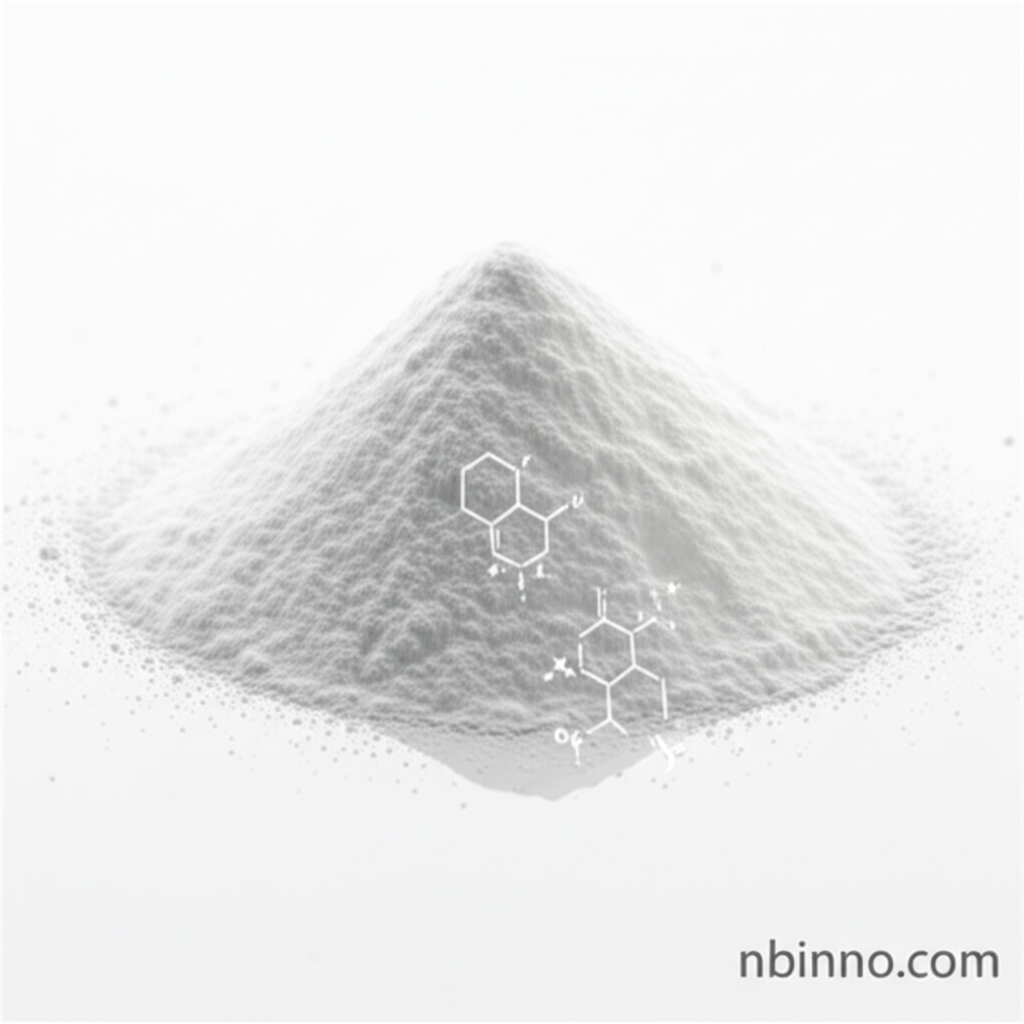Bis-(Tetramethylammonium) Oxalate CAS 98296-17-4: A Key Enhancer in PCR and Advanced Ceramics
Discover the critical role of Bis-(Tetramethylammonium) Oxalate in enhancing PCR sensitivity and its application in advanced ceramic materials. Explore how this compound contributes to breakthroughs in biotechnology and materials science.
Get a Quote & SampleProduct Core Value

Bis-(Tetramethylammonium) Oxalate
As a reliable supplier in China, we offer Bis-(Tetramethylammonium) Oxalate (CAS 98296-17-4), a versatile chemical compound. Its primary applications lie in enhancing PCR sensitivity and as a porogen for advanced ceramic materials. We are committed to providing high-quality chemical reagents for your research and industrial needs.
- Leverage Bis-tetramethylammonium oxalate PCR enhancer for improved DNA detection sensitivity.
- Explore Tetramethylammonium oxalate ceramic applications in the creation of advanced materials.
- Understand the chemical properties of CAS 98296-17-4 for your specific research requirements.
- Achieve better results in your Polymerase Chain Reaction (PCR) assays by utilizing this selective DNA amplification enhancer.
Advantages Offered by the Product
Enhanced PCR Specificity
Utilize Bis-tetramethylammonium oxalate as a PCR enhancer to significantly improve the detection of rare somatic mutations, leading to more accurate diagnostic outcomes.
Advanced Ceramic Material Properties
As a porogen for supercapacitor materials, this compound helps in manufacturing ceramic nanofibers with higher surface areas and superior electrochemical performance.
Versatile Research Tool
The unique chemical properties of CAS 98296-17-4 make it an invaluable reagent for various scientific research applications, supporting innovation across disciplines.
Key Applications
PCR Sensitivity Enhancement
Improve the sensitivity of your PCR assays with Bis-tetramethylammonium oxalate, a crucial Bis-tetramethylammonium oxalate PCR enhancer that aids in detecting low-abundance DNA targets.
Advanced Ceramics Manufacturing
Explore the potential of Tetramethylammonium oxalate ceramic applications, utilizing it as a porogen to create high-performance ceramic nanofibers for energy storage devices.
Biotechnology Research
This chemical reagent is vital for various biotechnology research applications, aiding in the development of new diagnostic tools and therapeutic approaches.
Supercapacitor Development
The use of CAS 98296-17-4 as a porogen contributes to the development of next-generation supercapacitors with improved energy and power densities.
